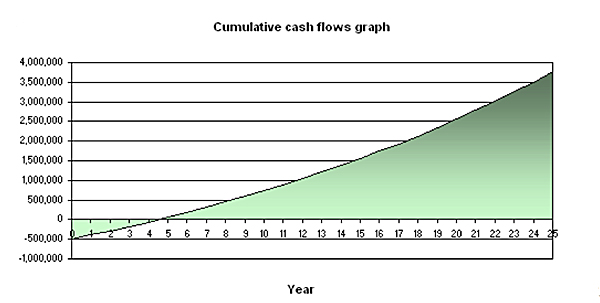

Abstract:
Renewable sources of energy can be extensively used to meet the energy requirements of
industrial, agricultural and commercial applications across the nation. This project is aimed at
achieving a cost effective solution to meet a farm’s energy needs by optimizing use of renewable
sources of energy. Besides going green, the other objectives for this project were to reduce carbon
footprint and to cut huge electricity bills. These objectives were achieved by creating a hybrid
solution, which provided increased flexibility and captured benefits from tax and other subsidies.
Ridgecrest Farm is a mid-sized dairy farm located in Genoa, New York. The farm currently has
1650 cows, and will soon expand to 2000. The devised system is capable of utilizing wind and
solar energy, both with utmost efficiency using photovoltaic and wind turbine, respectively. The
project was designed using Renewable Energy Project Analysis Software, available from the
research centre of Natural Resources Canada. Renewable-energy and Energy-efficient
Technologies (RET) gives the flexibility to model different case scenarios between various
combinations of solar photovoltaic and wind turbine from the available database and find the most
efficient solution. A comparative analysis of several photovoltaic panels and wind turbines was
conducted in the process.
The approach adopted to carry out the analysis was a 5-step method. First, the conditions of the site
were chosen, followed by developing an energy model which accounted for the kind of project
being designed (solar/wind/hybrid), followed by selecting the contribution from each category of
source of energy. After choosing the project configuration, cost analysis was carried out using
information from different model types and the final step of financial analysis was carried out
using details of the plant such as cost, lifetime and the incentives applicable that calculated the
resulting payback period for the project.
After careful consideration, the most optimal solution was achieved by running multiple iterations
using different case scenarios and eventually a pay back period of around 5 years and equity
payback of less than 5 years has been achieved.
Full report (pdf)
MEng Poster Session video (MP4 56Mbytes)